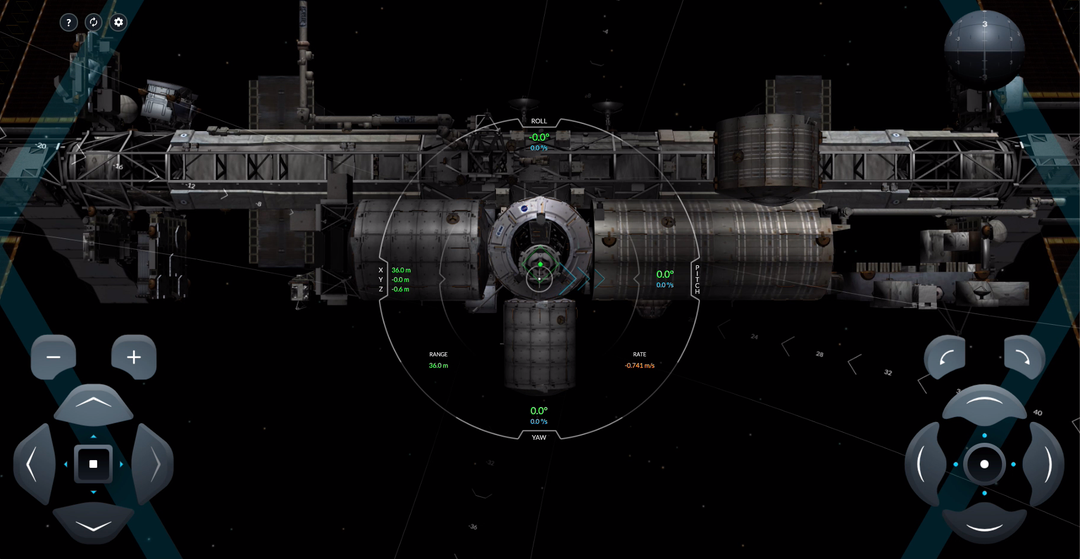14.05.2020

When astronauts Bob Behnken and Doug Hurley fly to the International Space Station this month, their futuristic ride will include state-of-the-art touchscreens and autonomous systems light-years beyond what they saw during the space shuttle era.
On May 27, they'll be at the helm of SpaceX's Crew Dragon capsule, keeping an eye on its computer-controlled movements as it slowly approaches the station. Every aspect of their mission is critical, but it becomes especially challenging when approaching a massive outpost traveling at 18,000 mph some 250 miles above Earth.
To help convey what Behnken and Hurley will experience, SpaceX released a simulator Tuesday that allows anyone to "fly" Crew Dragon as it approaches the ISS. It begins 200 meters, or 656 feet, away and includes on-screen controls for speed, translation, roll, pitch, and yaw.
Because it's browser-based at iss-sim.spacex.com, the simulator doesn't even require an app or separate download. The controls will appear as buttons on desktop and mobile devices.
Full disclosure: this reporter failed on the first attempt. Try keeping your forward speed out of the red zone and use a physical keyboard if you can. The W, A, S and D keys control translation (up, down, left, right) movements; Q and E control forward and backward speed; the < and > keys control roll; and the arrow keys control pitch and yaw.
SpaceX included an Easter egg in the simulator, too: flat Earth believers can toggle between a spherical and flat version of our home planet in the upper-left settings pane.
If schedules hold, Crew Dragon will launch on a Falcon 9 rocket from Kennedy Space Center's pad 39A at 4:32 p.m. May 27. It will mark the first time American astronauts launch from U.S. soil since the end of the space shuttle program in 2011.
Quelle: Florida Today
